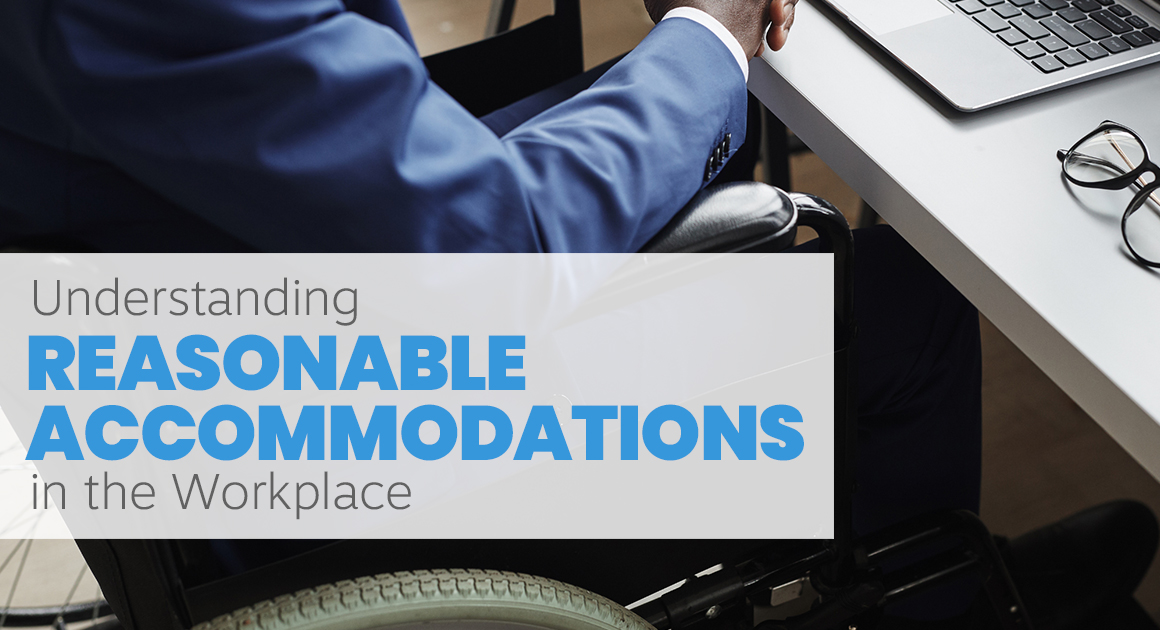The Americans with Disability Act (ADA) was signed into law in 1990 and was amended in 2008. The ADA makes it unlawful to discriminate in employment against a qualified individual with a disability. This is enforced by the U.S. Equal Employment Opportunity Commission, (eeoc.gov). It is important for both an employer and employee to understand the definition of reasonable accommodations in the workplace, and how to implement them.
This blog is intended for educational purposes only and should not be considered legal advice. For a full definition of the ADA, please visit www.ada.gov.
What is a Reasonable Accommodation?
As stated by the U.S. Department of Labor, “The ADA requires reasonable accommodations as they relate to three aspects of employment: 1) ensuring equal opportunity in the application process; 2) enabling a qualified individual with a disability to perform the essential functions of a job; and 3) making it possible for an employee with a disability to enjoy equal benefits and privileges of employment, (dol.gov)
Employee
To understand reasonable accommodations in the workplace, you must first understand who an “individual with a disability” is. As defined by the ADA, an “individual must have a “physical or mental impairment that substantially limits one or more major life activities (sometimes referred to in the regulations as an “actual disability”).” If a disability is not obvious to an employer, they can ask for medical documentation from a health care provider to confirm the need for accommodation.
Individuals who solely are “regarded as” having a disability but do not have a disability, are not qualified to receive reasonable accommodations.
Employer
Reasonable accommodations should not be viewed as special treatment, but instead, as “productivity enhancers,” as most often accommodations benefit all employees. Examples of reasonable accommodations include, (dol.gov):
· Physical Changes
· Installing a ramp
· Modifying the layout of a workspace
· Assistive Technologies
· Providing screen reader software
· Providing computer software that is accessible
· Policy Enhancements
· Modifying work schedules to allow employees with chronic medical conditions to go to medical appointments as well as complete their work tasks.
· Modify policy to allow a service animal in a business setting
Getting the process started begins after an employee discloses a disability to their manager or human resources. Initiating this dialogue between the employer and the employee most often results in the necessary changes being made; however, in some cases, the request is denied. If this has happened to you or a loved one, the Law Offices of Reginald Keith Davis are here to help you through the next steps. Call, (913) 299-8789 to schedule your free consultation.
Se Habla Español

